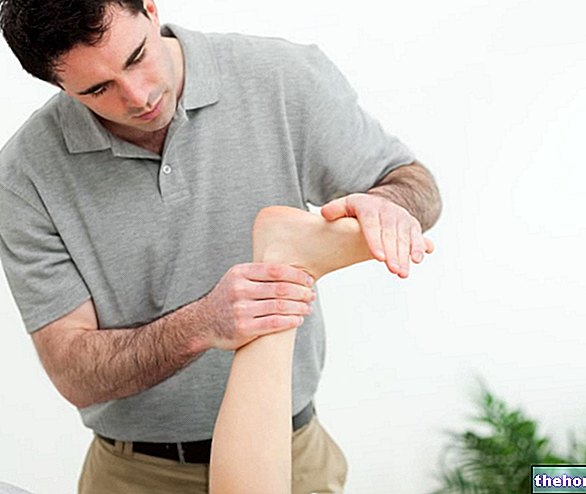Definition and Causes
Shoulder bursitis, also known as subacromial bursitis or subdeltoid bursitis, is one of the most common causes of pain in the front and top of the shoulder.

A bursa is a small, fluid-filled sac inside a joint. Its main function is to reduce friction during movements by preventing a muscle or tendon from being injured by rubbing against the bone.
The subacromial bursa is placed between the supraspinatus muscle, the deltoid muscle and the acromial process of the scapula. Due to repeated movements or a strong trauma this bag can become inflamed by drawing water into it. When shoulder bursitis is caused by a violent impact or is associated with a tendon injury, the subacromial bursa can also fill with blood.
The continuous repetition of small traumatic injuries can also lead to a chronic increase in the size of the bursa, causing pain that tends to become chronic without responding to physical therapy and rehabilitation.
Symptoms
The symptoms of shoulder bursitis are similar to those caused by "tendon inflammation of one or more muscles that make up the rotator cuff. These two conditions often occur at the same time and are the result of the so-called" impingement syndrome. "When the subacromial bursa. it swells, presses on the cuff "trapping" the tendons and causing a "mechanical irritation that gives rise to" inflammation.
The accumulation of fluid inside the bursa is responsible for the typical pain that arises in the anterosuperior part of the shoulder. This pain is accentuated on palpation and tends to limit the mobility of the joint, making the movements painful.
In the presence of a subacromial bursitis, activities in which the elbow works under the shoulder during its abduction are particularly dangerous (shoulder press, slow with barbell, slow with dumbbells, flat bench, inclined bench, heavy lateral lifts performed with momentum, chin )
Diagnosis
The Neer's impingement test is positive (pain occurs when the arm is passively raised forward on the plane of the scapula). Direct palpation over the subacromial bursa is essential for diagnosis (search for swelling and pain). Diagnostic investigations such as x-rays and MRIs are not normally needed but can be done to rule out any complications (bone fractures, cuff injuries, impingement syndrome)
Care and treatment
Shoulder bursitis typically responds positively to rest and ice treatment in the acute phase. Anti-inflammatory drugs have also been shown to be effective in promoting healing.
After this first phase, after 3-4 days from the trauma, the athlete can benefit by keeping the shoulder warm or by resorting to local heat applications.
If the shoulder bursitis does not respond positively to this type of treatment, local steroid injections are necessary. Cortisone, however, could weaken the tendons that make contact with the bursa, predisposing the subject to injuries of the supraspinatus.
For further information: Drugs for the Treatment of Bursitis "
At other times, when shoulder bursitis becomes chronic, arthroscopic surgical removal of the bursa or parts of it can be used. can safely resume sporting activity.




























